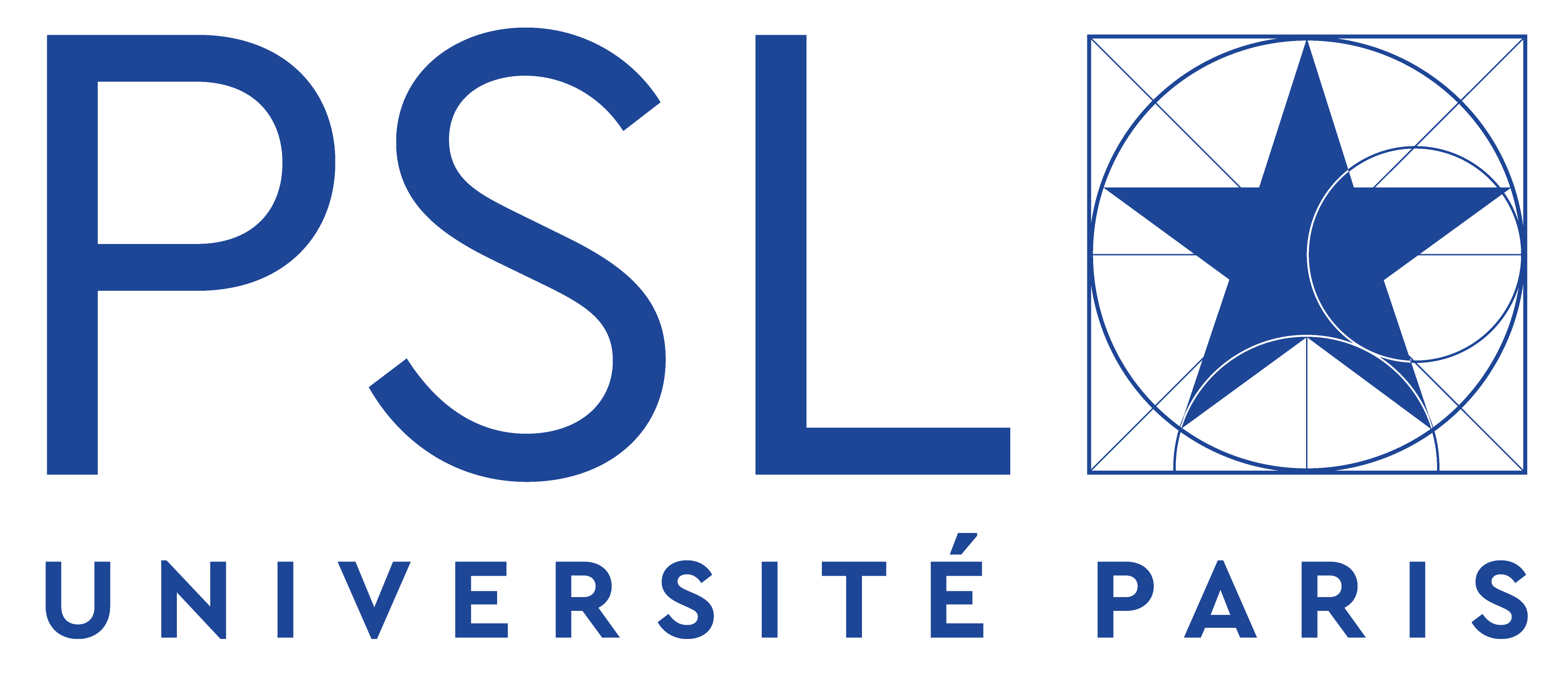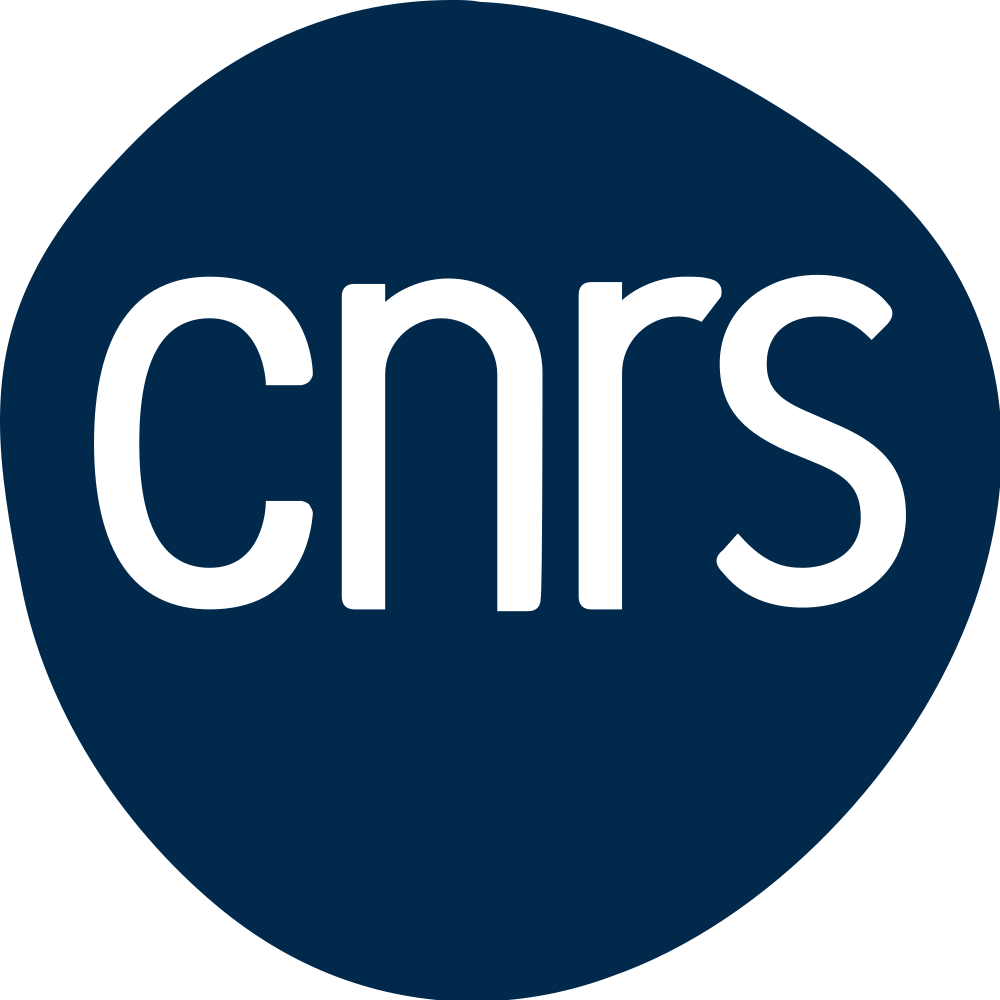Waves, complexity and information (OCI)
Permanent staff
| Alexandre AUBRY Tel.: +33 (0)1 80 96 30 66 |
| Julien DE ROSNY Tel.: +33 (0)1 80 96 30 52 |
| Arnaud DERODE Tel.: +33 (0)1 80 96 30 67 |
| Mathias FINK Tel.: +33 (0)1 80 96 30 69 |
| Marc GUILLON |
| Abdelwaheb OURIR Tel.: +33 (0)1 80 96 30 39 |
| Sébastien POPOFF Tel.: +33 (0)1 80 96 39 48 |
News
Presentation of the thematics
The technological and scientific advances of the past fifteen years, to which the Langevin Institute has made pioneering contributions, have significantly expanded our ability to control optical, electromagnetic, and acoustic fields with unprecedented spatiotemporal precision. Thanks to these developments, it is now possible to explore and exploit an impressive number of degrees of freedom, thus opening up innovative prospects for numerous applications.
On one hand, telecommunications particularly benefit from these advances, enabling faster, more reliable, and more secure transmissions. On the other hand, imaging in complex media has greatly benefited from these progresses through a comprehensive matrix approach, fully leveraging all available information to significantly improve the quality and precision of the images obtained.
In parallel with these applied works, more fundamental studies are being conducted, notably on gravity waves, which are particularly suitable for exploring time-dependent media. These fundamental research efforts are essential to deepen our understanding of complex phenomena and to open new research pathways.
Thus, the manipulation of information in complex environments is becoming more sophisticated and efficient, facilitating developments in various sectors such as medicine, earth sciences, engineering, and many others.
In summary, the contributions of the Langevin Institute play a crucial role in transforming these scientific discoveries into practical and innovative solutions, thereby redefining the boundaries of what is possible.














